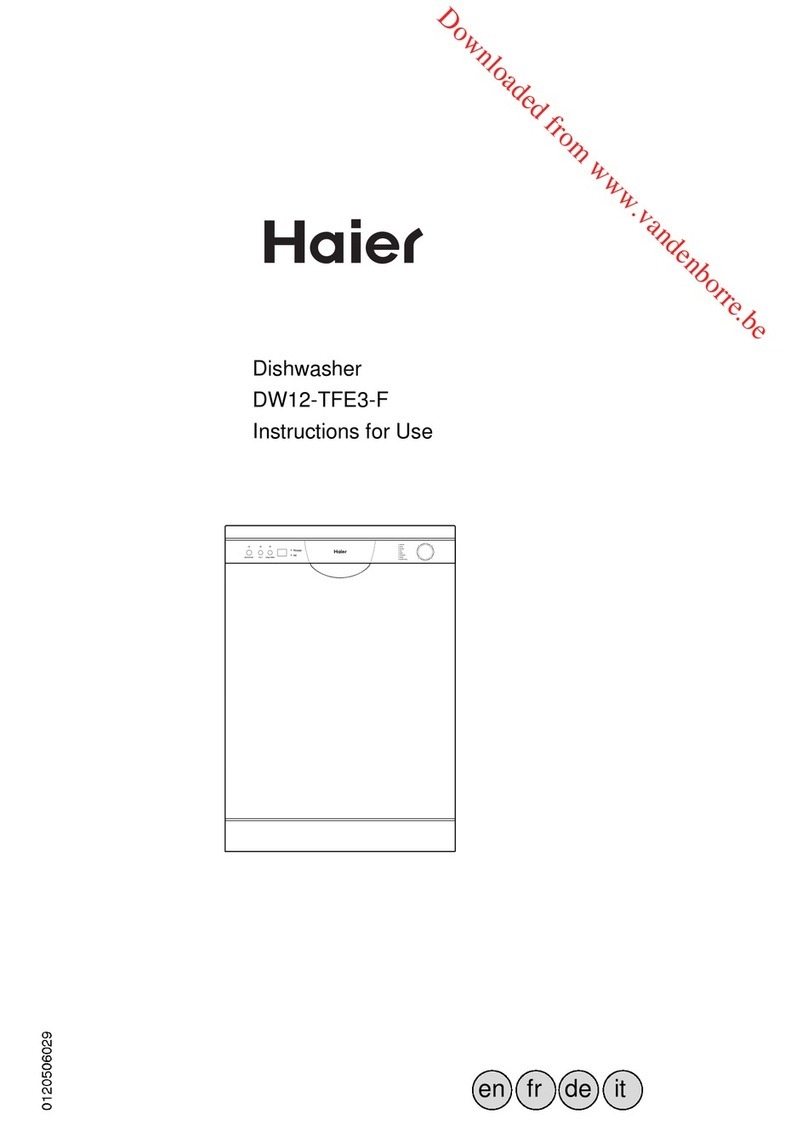Haier WQP12-EFMS User manual
Other Haier Dishwasher manuals
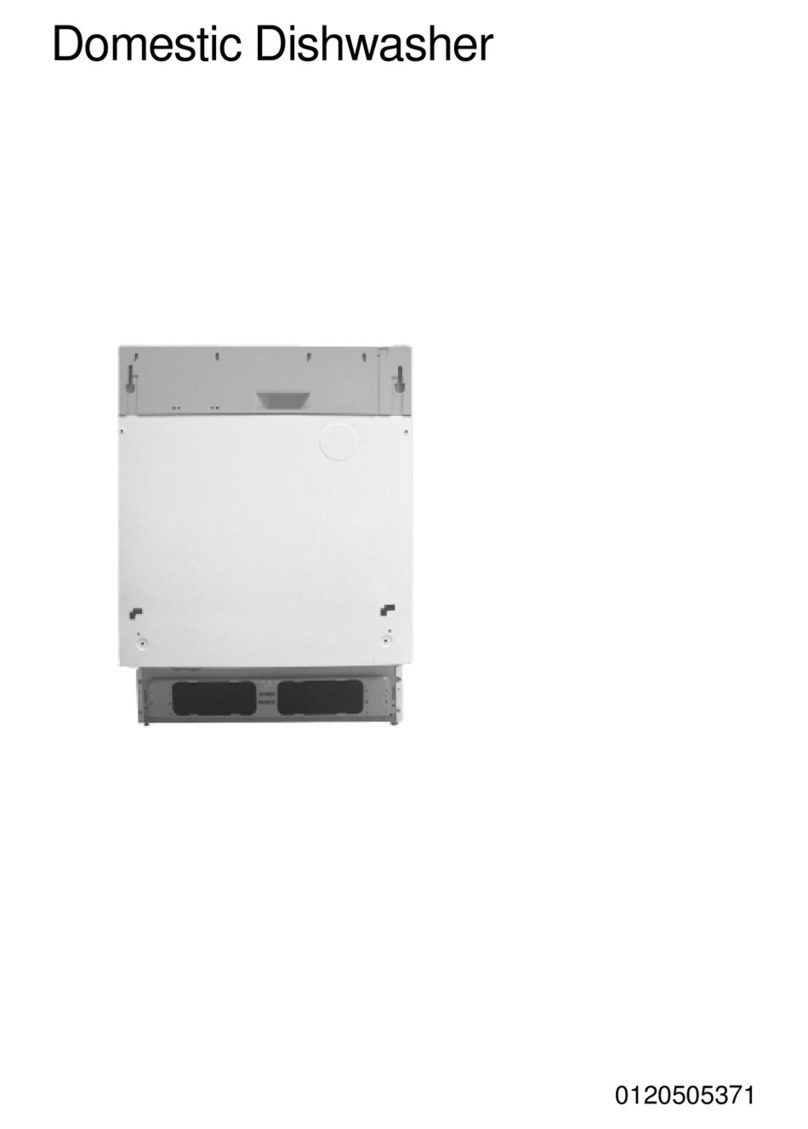
Haier
Haier DW12-CBE5 User manual
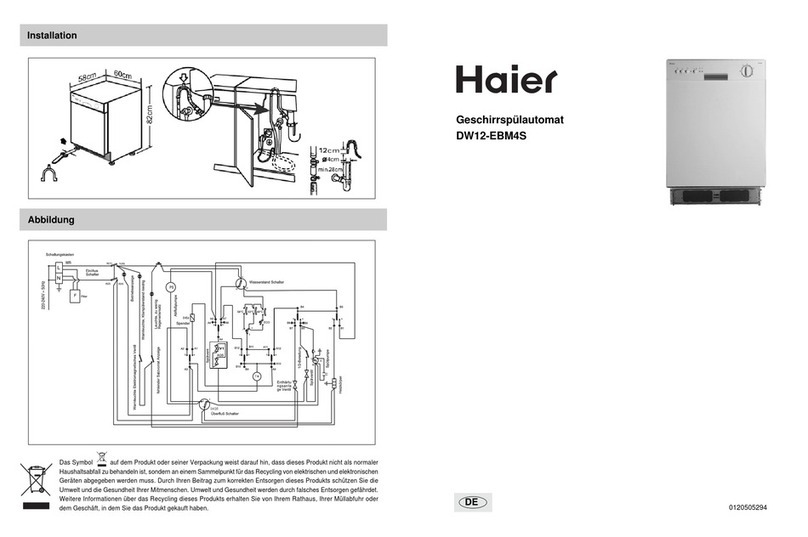
Haier
Haier DW12-EBM4S Instructions for use
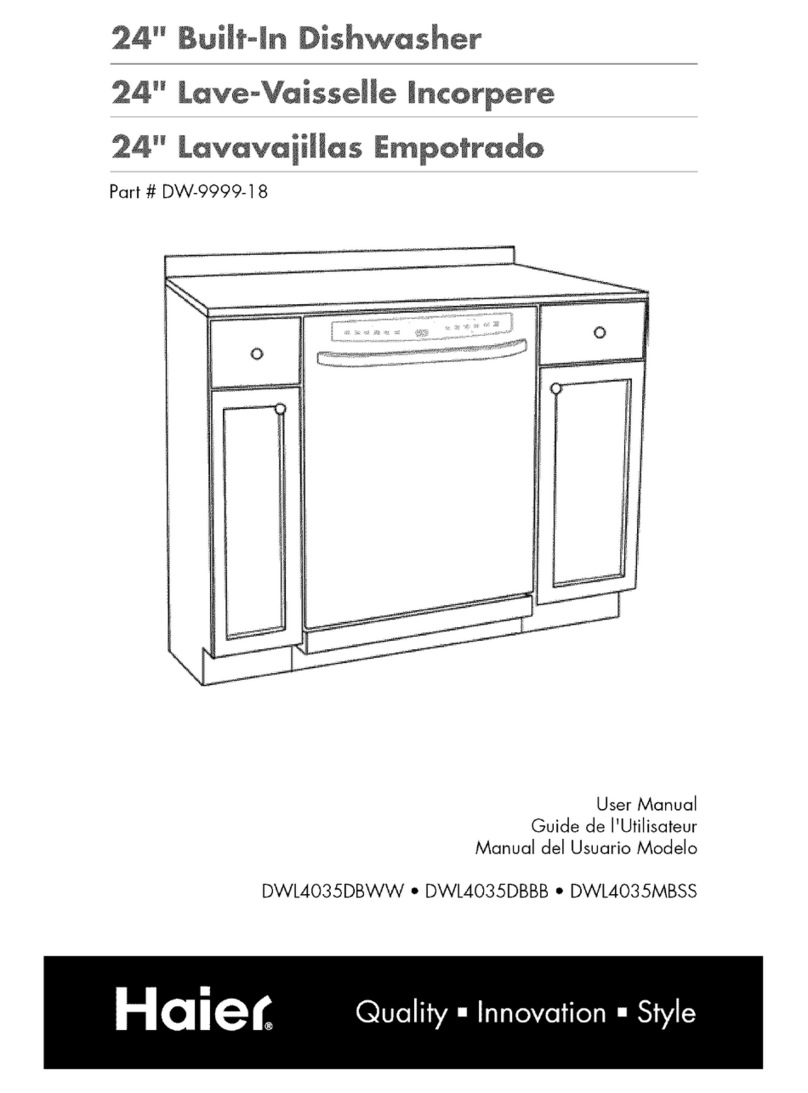
Haier
Haier DWL4035DBBB User manual
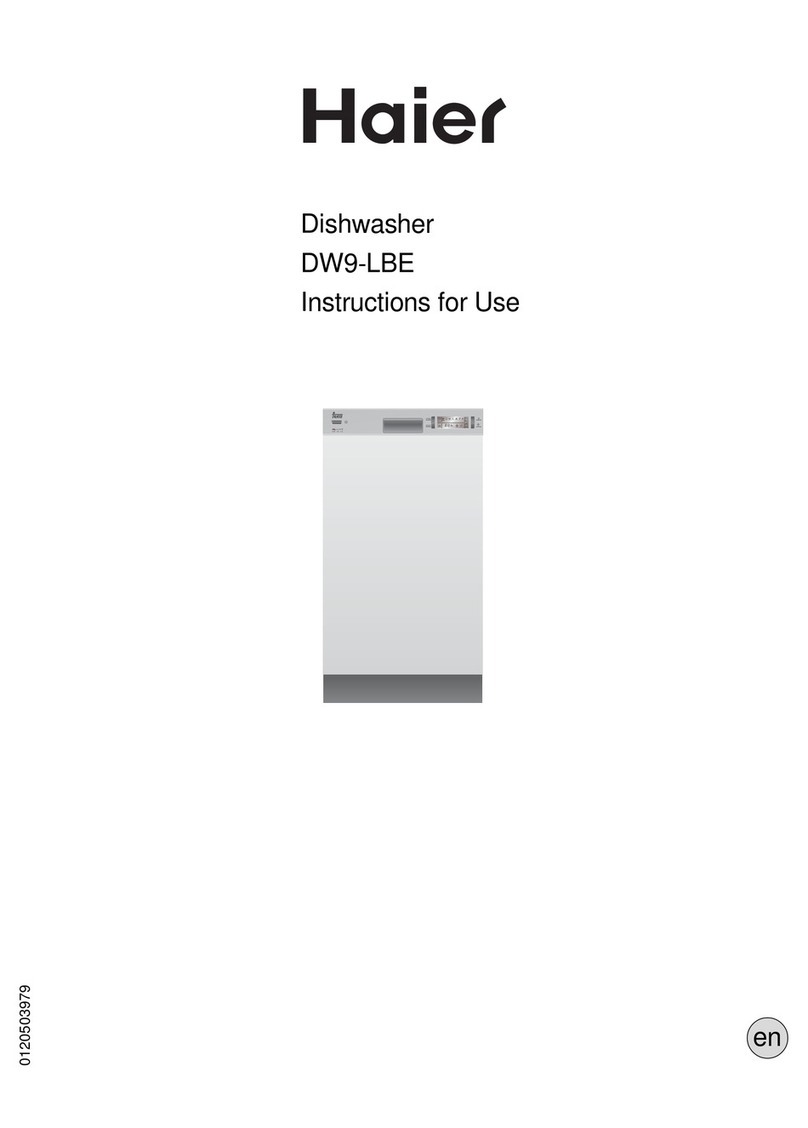
Haier
Haier DW9-LBE User manual
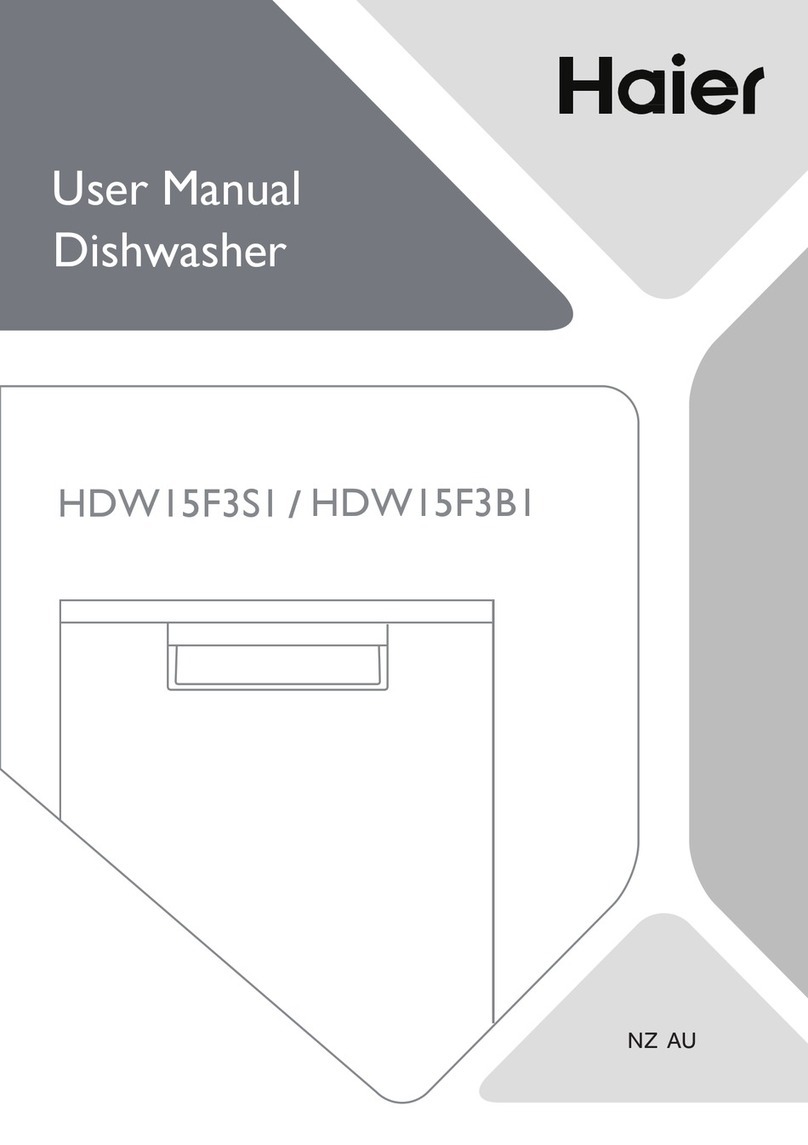
Haier
Haier HDW15F3S1 User manual

Haier
Haier HDW300SS User manual

Haier
Haier DW12TFE4SS HA AA User manual
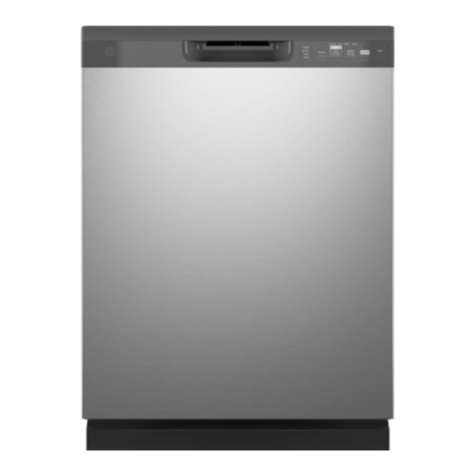
Haier
Haier GE GDF450P R0 Series How to use
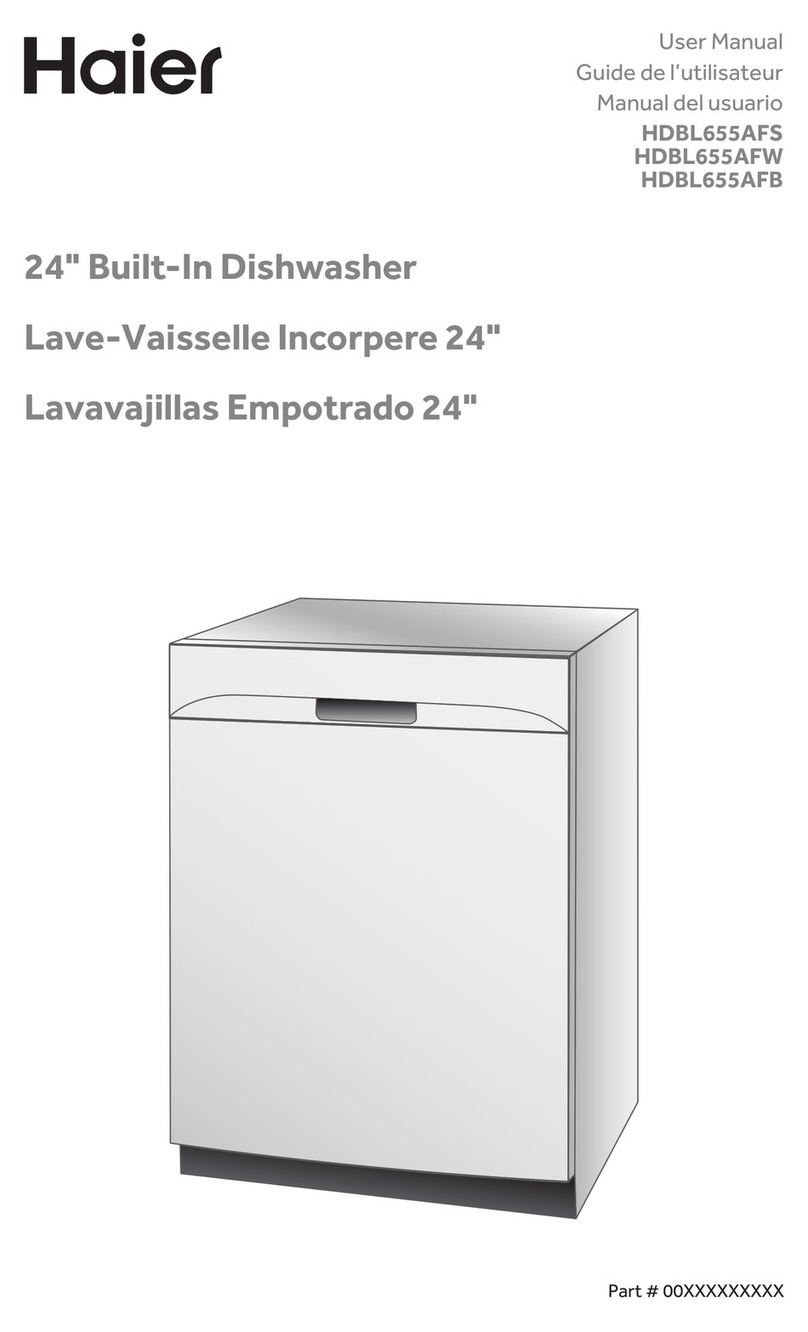
Haier
Haier HDBL655AFS User manual

Haier
Haier HDW12-SFE3 User manual

Haier
Haier ESD200 - 09-03 User manual
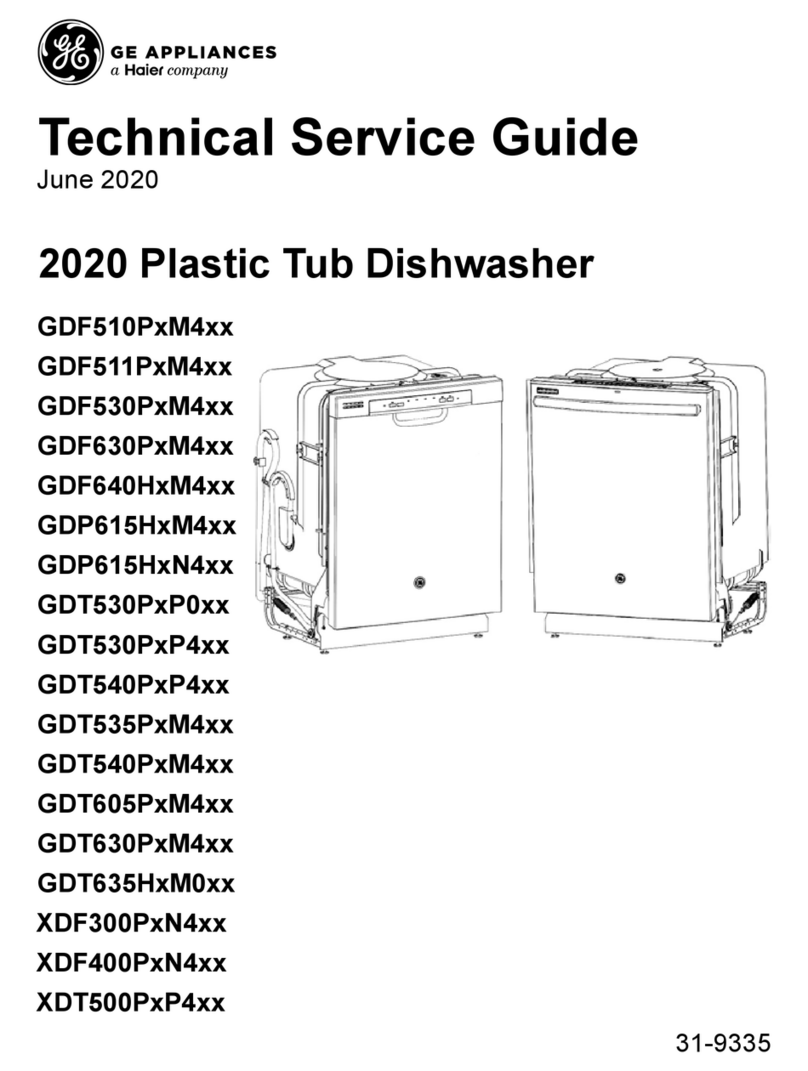
Haier
Haier GE GDF510P M4 Series User manual
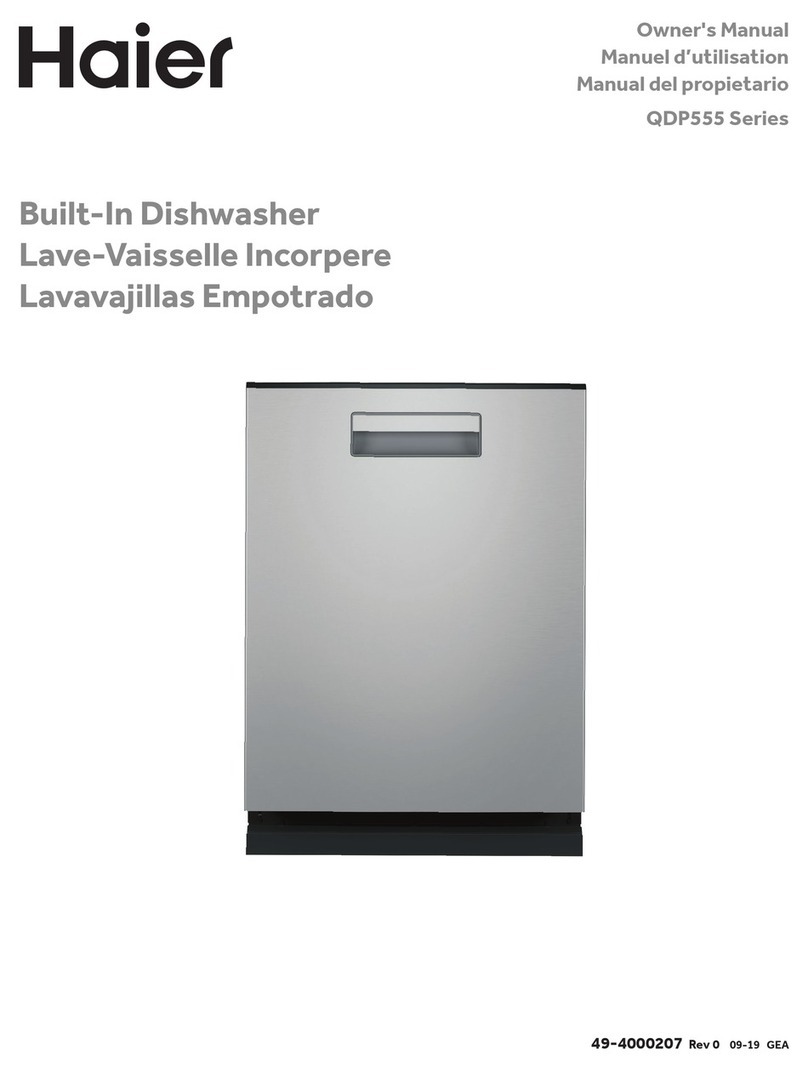
Haier
Haier QDP555 Series User manual
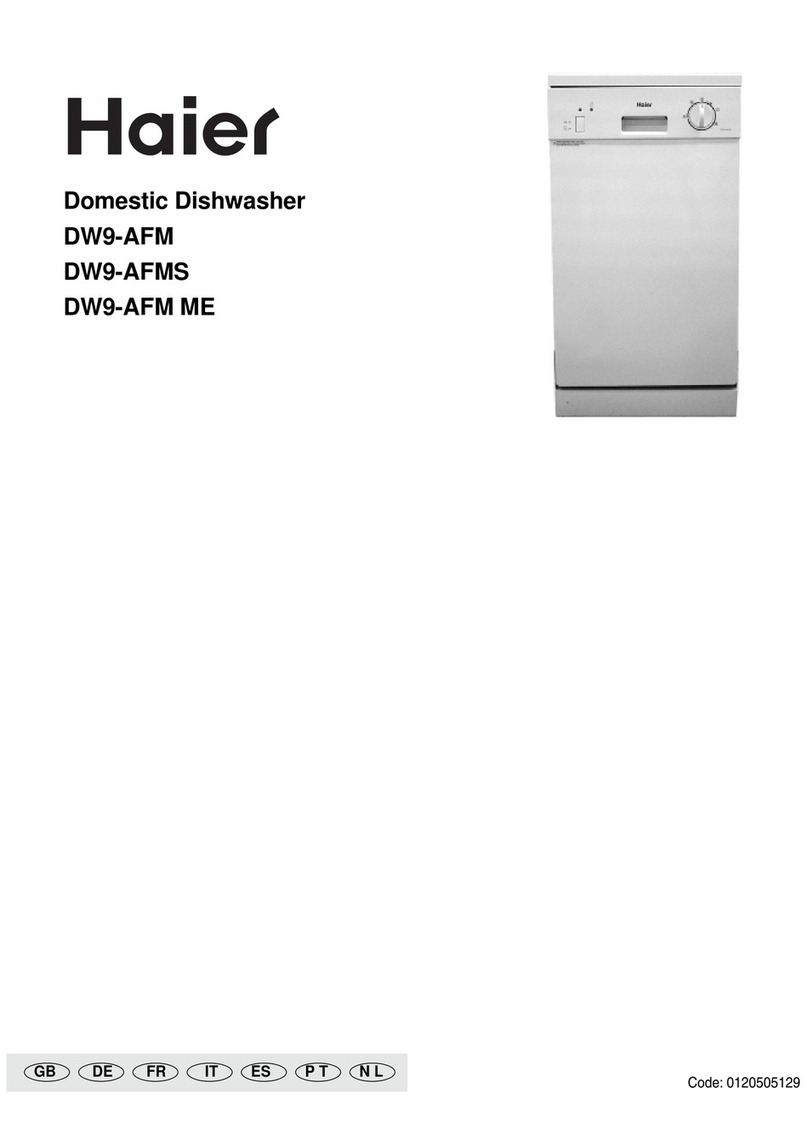
Haier
Haier DW9-AFM ME User manual
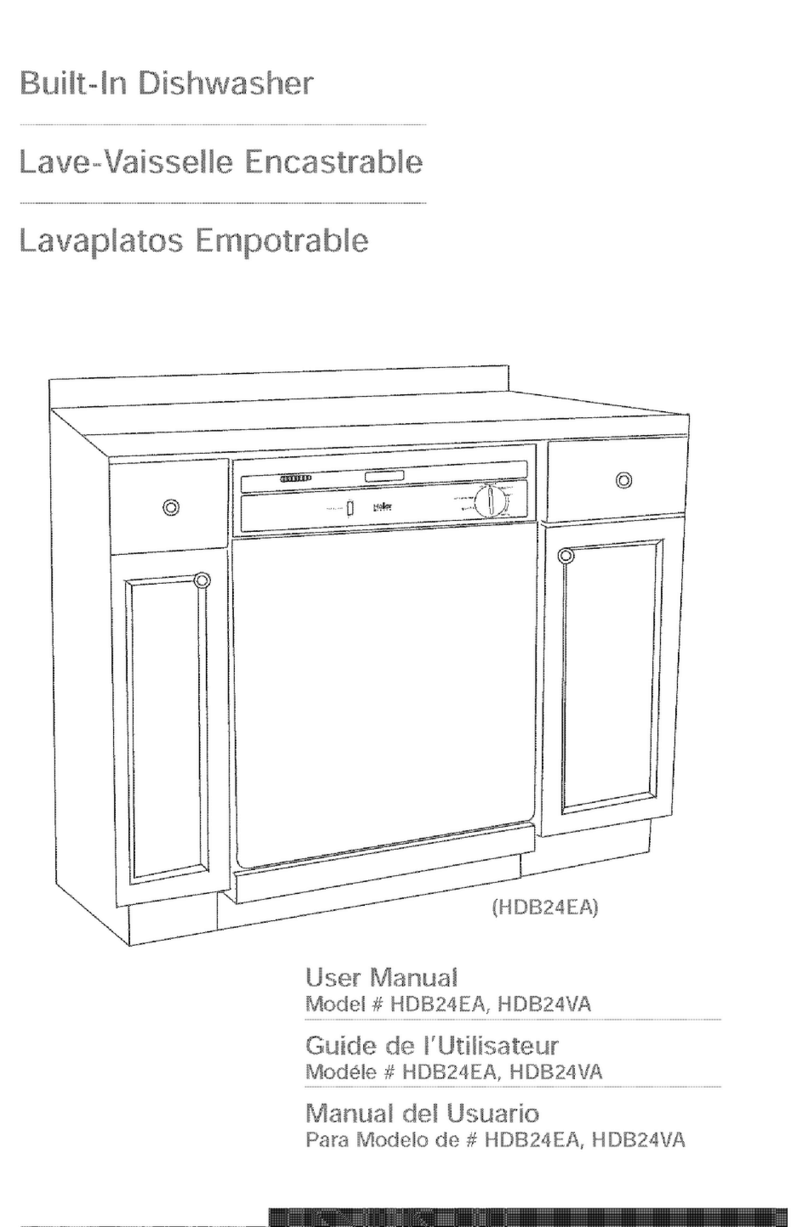
Haier
Haier HDB24EA User manual
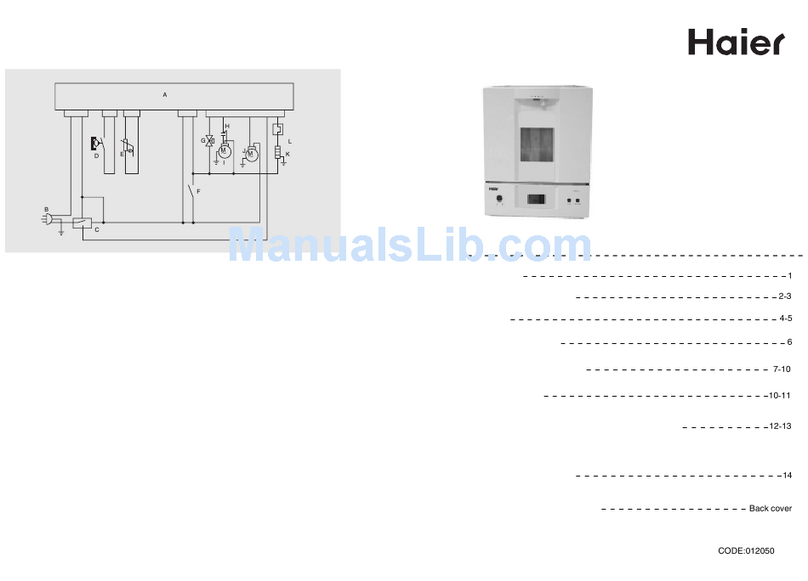
Haier
Haier WQP4-3N User manual
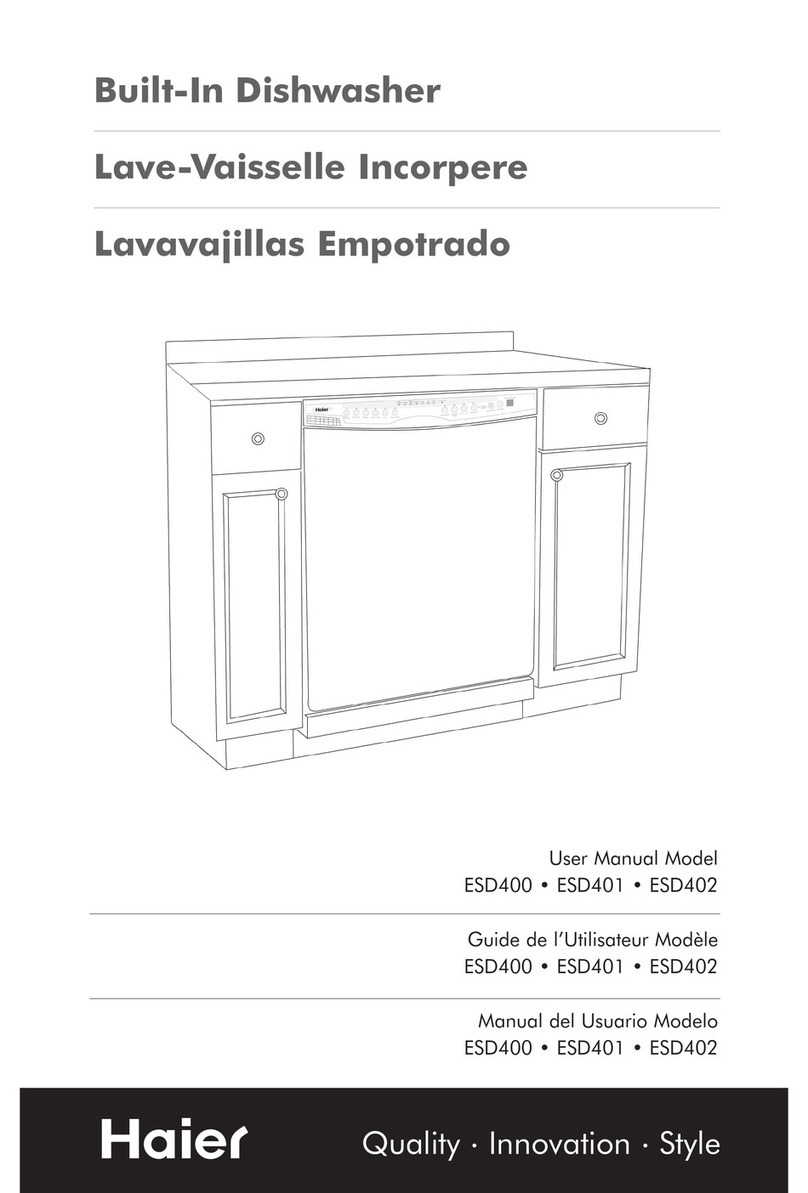
Haier
Haier ESD401 User manual
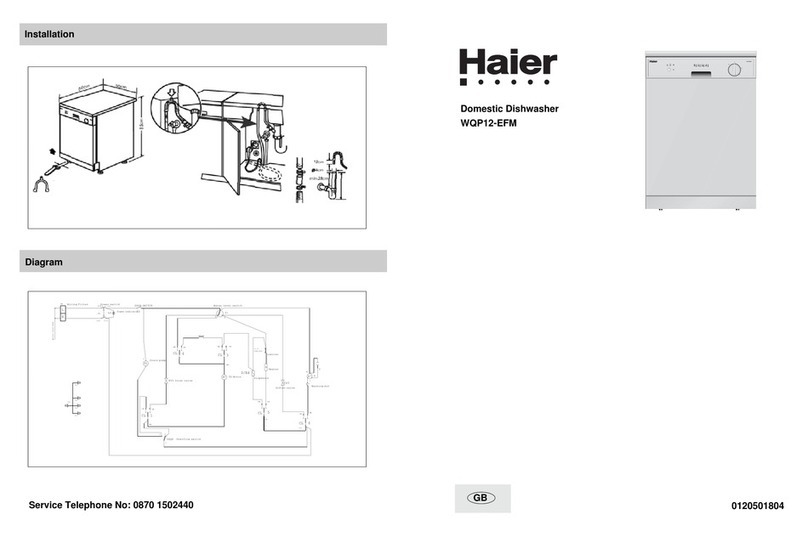
Haier
Haier WQP12-EFM User manual
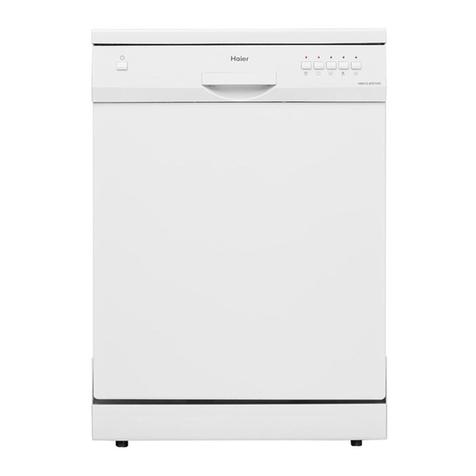
Haier
Haier HDW12-SFE1 Series User manual
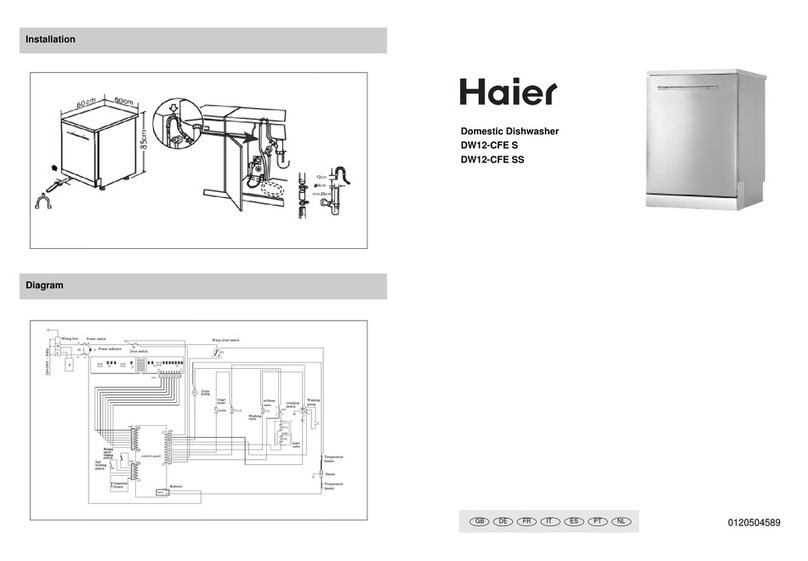
Haier
Haier DW12-CFE SS User manual

